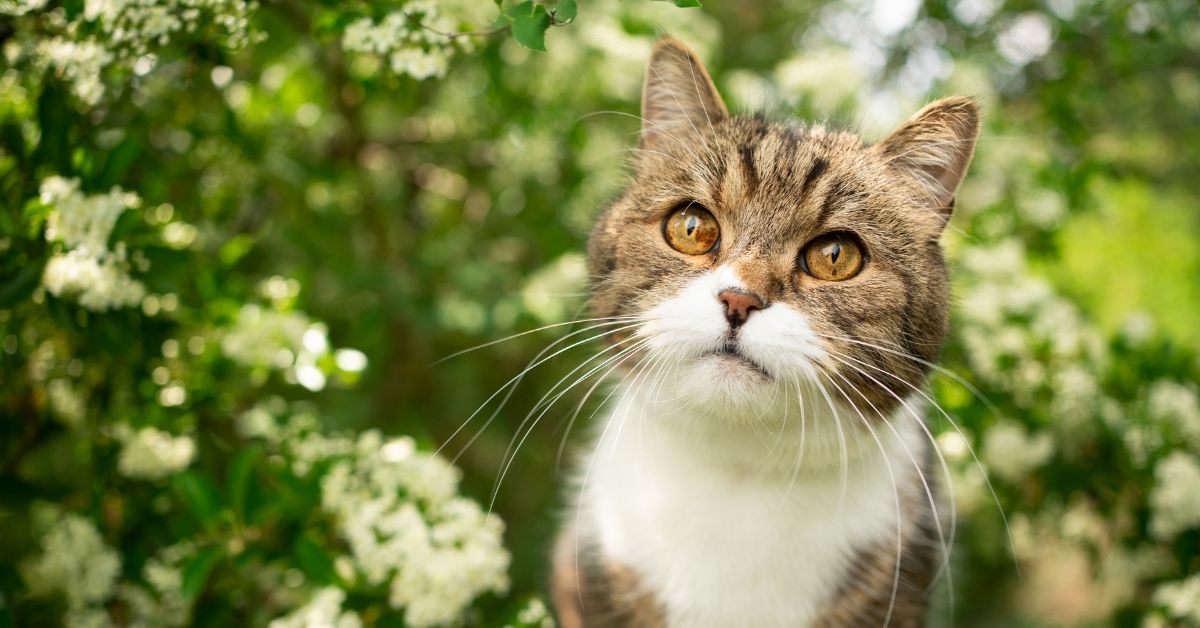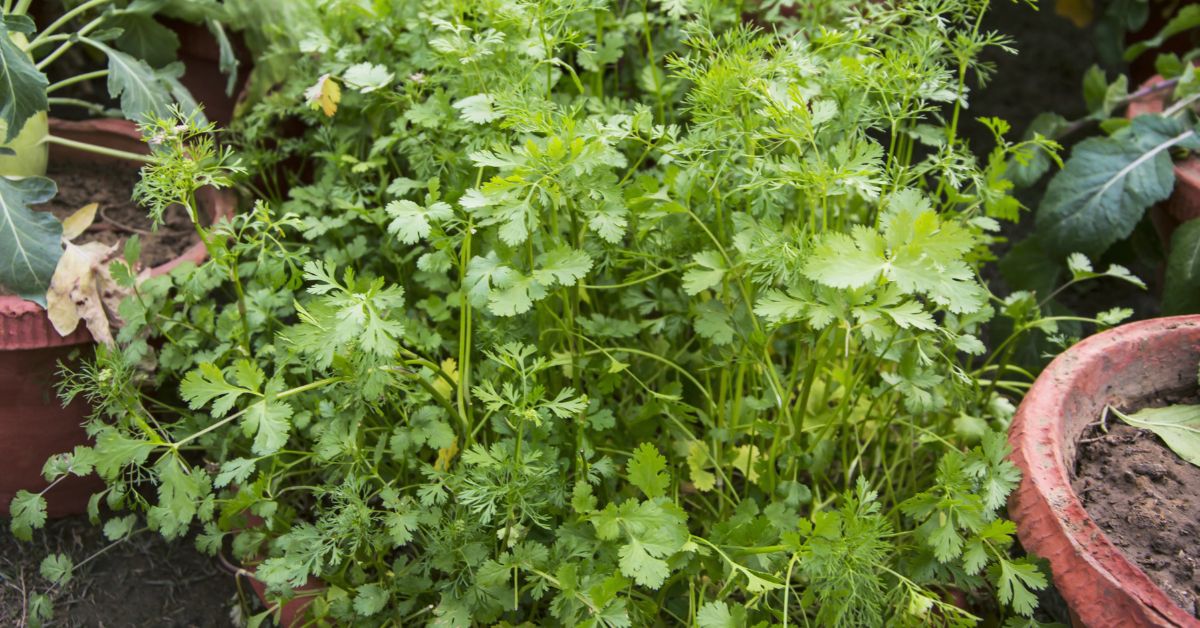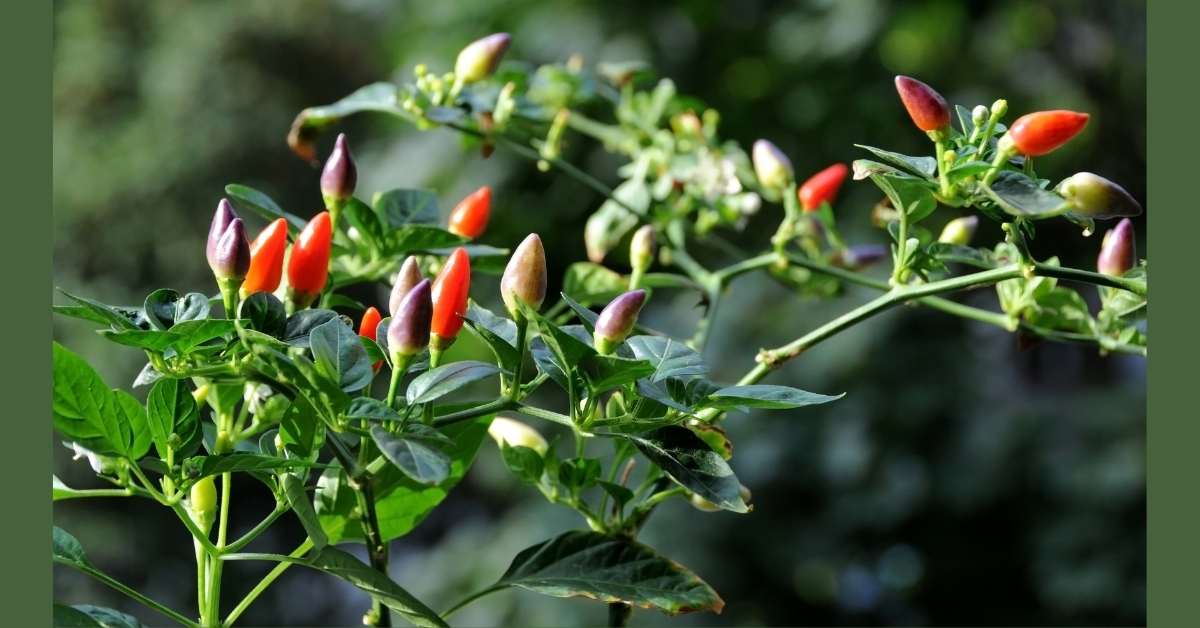You might be concerned about your lovely spider plants if you have pets at home. How to keep cats away from spider plants is the question that is asked by many. Spider plants (Chlorophytum comosum) are often recognized as being among the least difficult houseplants to care for.
They are highly recommended by a great number of people who are just starting out in gardening. Try growing this plant if you’re just getting started on your quest to incorporate more indoor plants into your everyday life. It is quite simple to keep up and clean and have an appealing overall appearance.
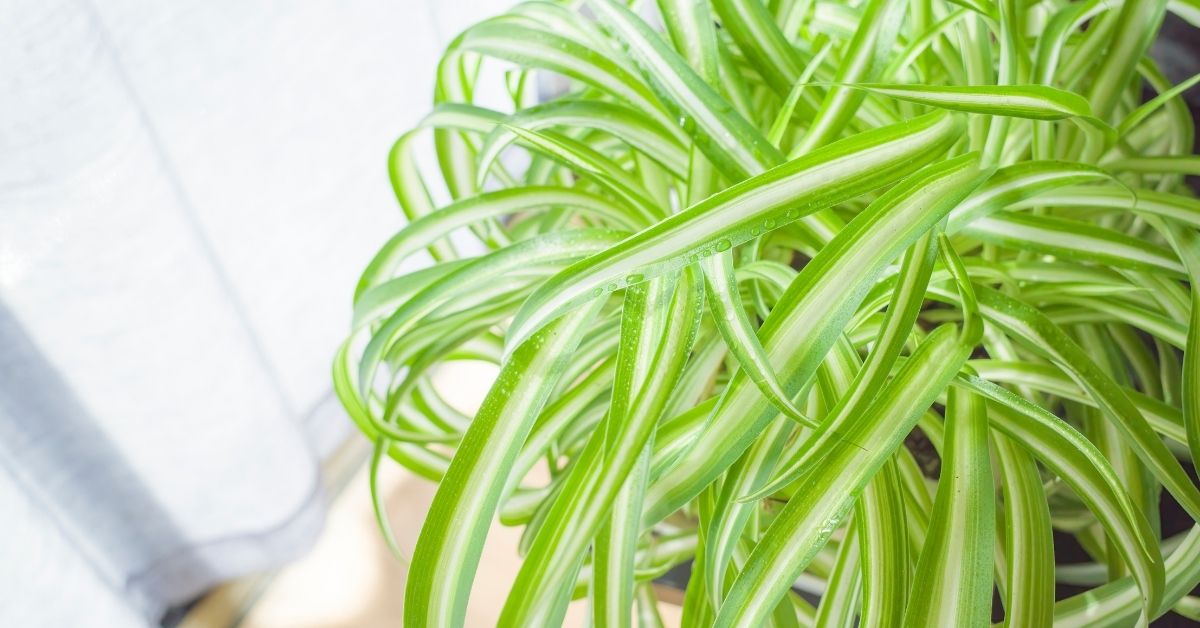
This indoor plant has long sword-like leaves which arch from an inner crown. You can set it atop shelves and tables or hang them to beautify your home interior. It requires moderate light only, yet it offers some benefits for you. But, you may need to be cautious as well.
According to some resources, it’s found that this plant can give off a gentle hallucinogenic effect to felines. But this effect is considered harmless. The issue related to spider plants cats hallucinating has been something common to debate. In fact, the spider plant is listed as a non-toxic plant for cats and other pets.
On the other hand, this plant is reported to offer several advantages, such as generating oxygen and purifying the air inside your home. It’s done by soaking up carbon monoxide, xylene, and formaldehyde. If you’re not convinced yet, read on to learn further about this indoor plant.
What Is Spider Plant?
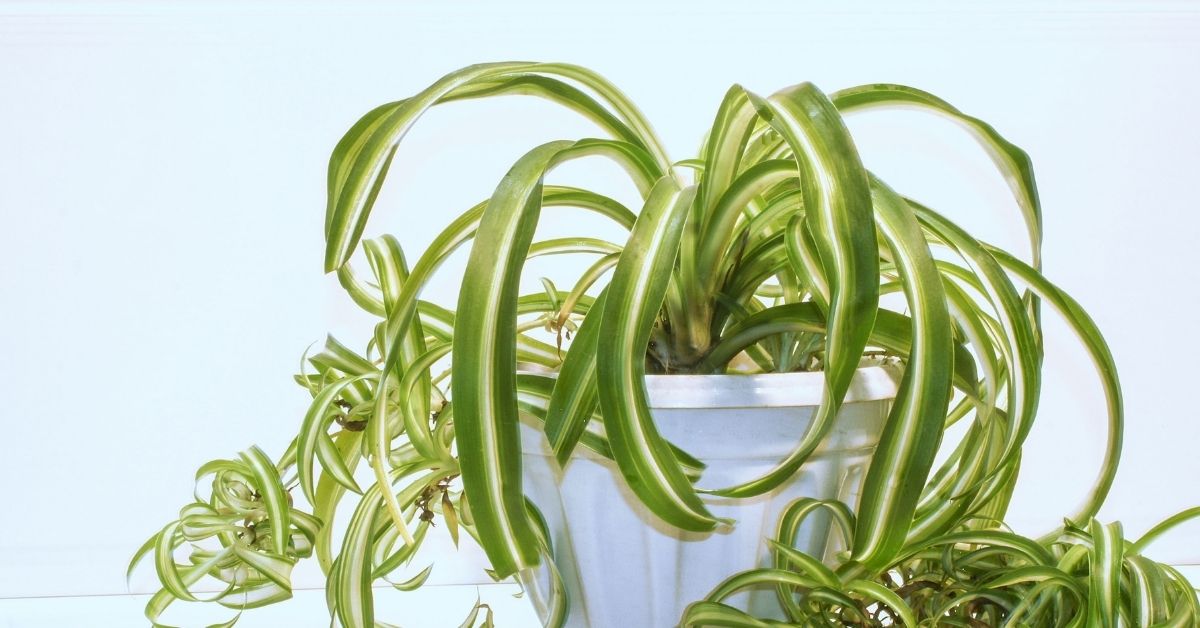
The spider plant is actually an evergreen, perennial herb. This plant is typically grown for its long arching foliage. It grows from 30 to 60 cm tall and is often planted in hanging baskets. Many people plant it indoors as part of the interior decoration and vertical garden.
One of the most common questions about this plant is: are spider plants poisonous to humans or pets? Basically, this plant is considered non-toxic for both humans and pets. They’re also safe for children. That’s why it makes a perfect indoor plant for any home and office.
However, dogs and cats typically love the flavor of this plant. They usually consume it enough to make them sick. But, it must be noted that it’s actually not a toxic reaction. It’s considered an over-indulging effect that leads to a little upset tummy.
This plant is also known as an easy-to-grow houseplant which looks especially nice in a hanging basket. This plant may generate small white flowers on long stems during the summer. They’re also pups, a baby spider plant that looks like a tiny spider. This is where the name is given.
Will Spider Plants Hurt Cats?
And here’s another popular question: are spider plants poisonous to cats? As mentioned above, this plant isn’t considered poisonous for both humans and cats. When we are talking about spider plants and cats, we can’t deny that cats seem to be fascinatingly attracted by this plant. So, what’s the point here?
It’s no secret that a spider plant does provide a sublet scent, barely noticeable by humans. But, it’s not the reason why pets tend to like this plant. It’s said that the hallucinogenic effect of this plant is the one that attracts cats to like it.
You probably have heard about this hallucinogenic substance discovered in this plant somewhere. But, there have been some resources that report this fact, though this mild hallucinogenic effect is actually not harmful. However, eating too many spider plant leaves may lead your cats to pose some risks.
This plant contains chemical compounds which are said to be linked to opium. Even if they’re not considered toxic, these compounds can still lead to an upset stomach, diarrhea, and vomiting. For this reason, you may need to keep your cats away from the plants to avoid this problem.
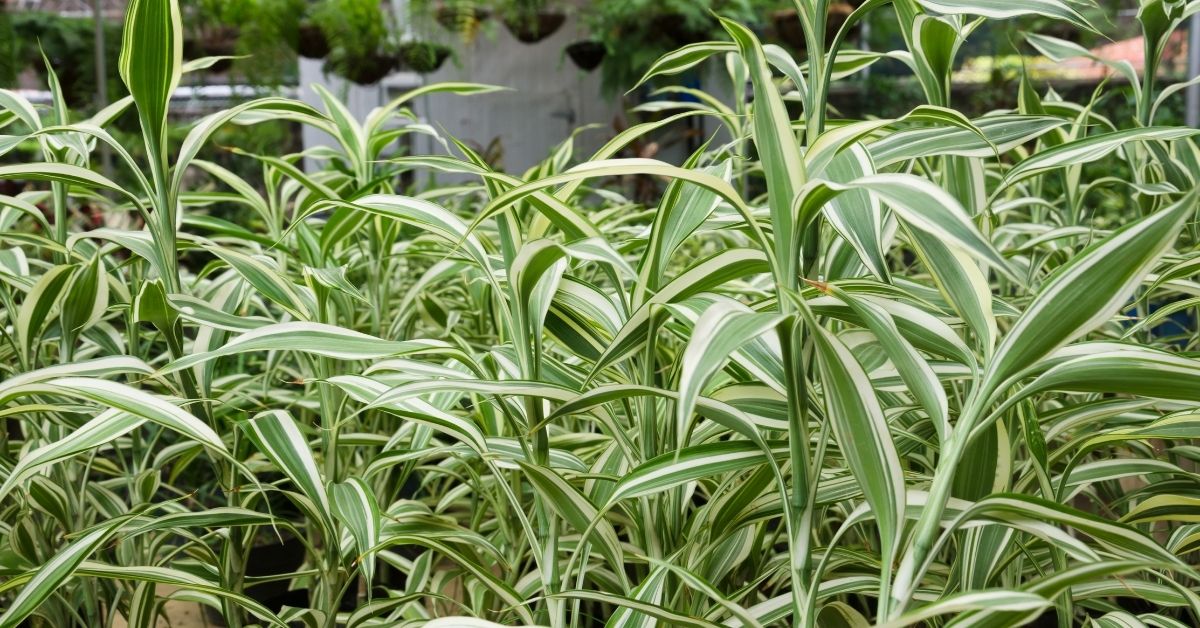
How to Keep Cats Away from Spider Plants At Home
If your cats have a hobby of eating plants, you may need some tricks to keep them away from consuming spider plant leaves. If you grow the plant in a hanging basket, simply keep it out of reach from your cats. Keep it away from the area where the cats can climb.
If you can’t find anywhere to hang your plant or an appropriate place out of reach, consider spraying the leaves with a repellent that has a bitter taste. It’s probably not foolproof, but it can help your cats to avoid eating the plant because it tastes bad.
Instead of keeping an eye on spider plants only, you may need to watch out for some other plants which have toxicity to cats. For example, there are some reports that philodendron is toxic to cats. The philodendron family includes heartleaf, Swiss cheese plant, and fiddle-leaf philodendron.
All of these plants have a mild to moderate toxicity level for cats as well as dogs. They can lead to oral irritation, swelling, and pain of the mouth, lips, and tongue, vomiting, excessive drooling, and difficulty swallowing. So, you need to keep these plants away from your cat.
How to Care for Spider Plants If You Have Cats
Considering the negative effects that may happen to your cats, you need to know some methods to get relief when growing this plant at home. In addition to hanging the plant up high so your cats can’t reach it, you may consider pruning the plant too.
If it doesn’t work, you should opt for a distraction. Some great indoor grasses are safer for your cat than a spider plant. Set it somewhere different and switch it when it dies off. Your cat may vomit, so be alert of that.
Just keep in mind to never bring in plants toxic to cats like ivy, rubber tree plants, cannabis, and sago plants. These plants can cause various problems like mouth and stomach irritation, foaming at the mouth, and even liver failure. Instead, you can get something like sword fern, friendship plant, and some varieties of ferns.
In conclusion, growing a spider plant at home is basically safe with caution. If you have cats at home, you may need to keep them out of reach so that your pets won’t climb and eat their leaves. You may distract your cat with safer plants so that it won’t keep targeting your spider plants.
Spider Plant Questions Answered!!!!
Can spider plants be propagated in water?
Yes. Pothos and spider plants, for example, are easy to cultivate in water for a short length of time. Taking cuttings or offsets from a favorite plant is a simple technique to reproduce it. In just a glass of water, these cuttings root swiftly. The new plant need nutrients for further development after rooted has occurred.
How to propagate spider plant
Spider plant cuttings can be propagated in water, by planting them directly in soil, or by rooting them in soil while still connected to the mother plant.
How long does it take to propagate spider plant in water?
Place the plant and water in a bright, indirect light source. Check it every few days to see how well the roots are growing, and add extra water as needed. Throughout this procedure, make sure the roots are kept wet. I prefer my roots to grow big and long in water for about a month.
How often to water spider plant?
Watering spider plants once a week is perfectly fine.
Water your spider plants roughly once a week in most cases. Check the soil of the plants for dryness before watering. If the soil is still wet, wait another day and continue the process until the soil is dry. Although the plant is thirsty, it prefers the soil to dry out every now and again.
How do I know when to water my spider plant?
To test if the soil is dry, gently probe it with your finger. It’s time to water your spider plant if the top 1 inch (2.5 cm) of soil is dry. During the first year, watering once or twice a week should suffice to keep the soil regularly moist but not soggy.
How much water and sun does a spider plant need?
Spider plants prefer consistent moisture and dislike being excessively dry or wet. Plants should be kept in bright to mild indirect sunlight. Spider plants dislike direct, hot sunlight because it burns their leaves, resulting in brown tips and patches. Spider plants grow swiftly and can become pot constrained soon.
Why my spider plant is dying?
Overwatering causes root rot in spider plants, which causes the leaves to become yellow and the spider plant to droop, giving it a dying aspect. Low humidity and too much fertilizer can cause spider plant leaf tips to discolor and die.
How do you care for Chlorophytum comosum?
To keep the variegation on the leaves, provide your Spider Plant with bright, indirect light. Keep the plant out of direct sunlight to avoid scorching the leaves and creating dry, brown areas. When the Spider Plant is actively developing in the spring and summer, keep the soil mildly wet.
Where should I put a spider plant in my house?
Simple requirements for spider plants include: Place the plant in a room with bright to moderate light and a temperature that is pleasant for everyone. Keep the soil wet but not soggy. In the spring and summer, weekly watering is adequate; in the winter, let the soil to dry out a little more between waterings.
Should I cut the brown tips off my spider plant?
You are not need to trim off the brown tips, although you may do so if you choose. Brown tips do not injure or damage the plant on their own. They are just dead tissue on the plant that dries up, turns papery to the touch, and falls off when touched.
You can ask your further questions in the comments! We will gladly try to help you!
